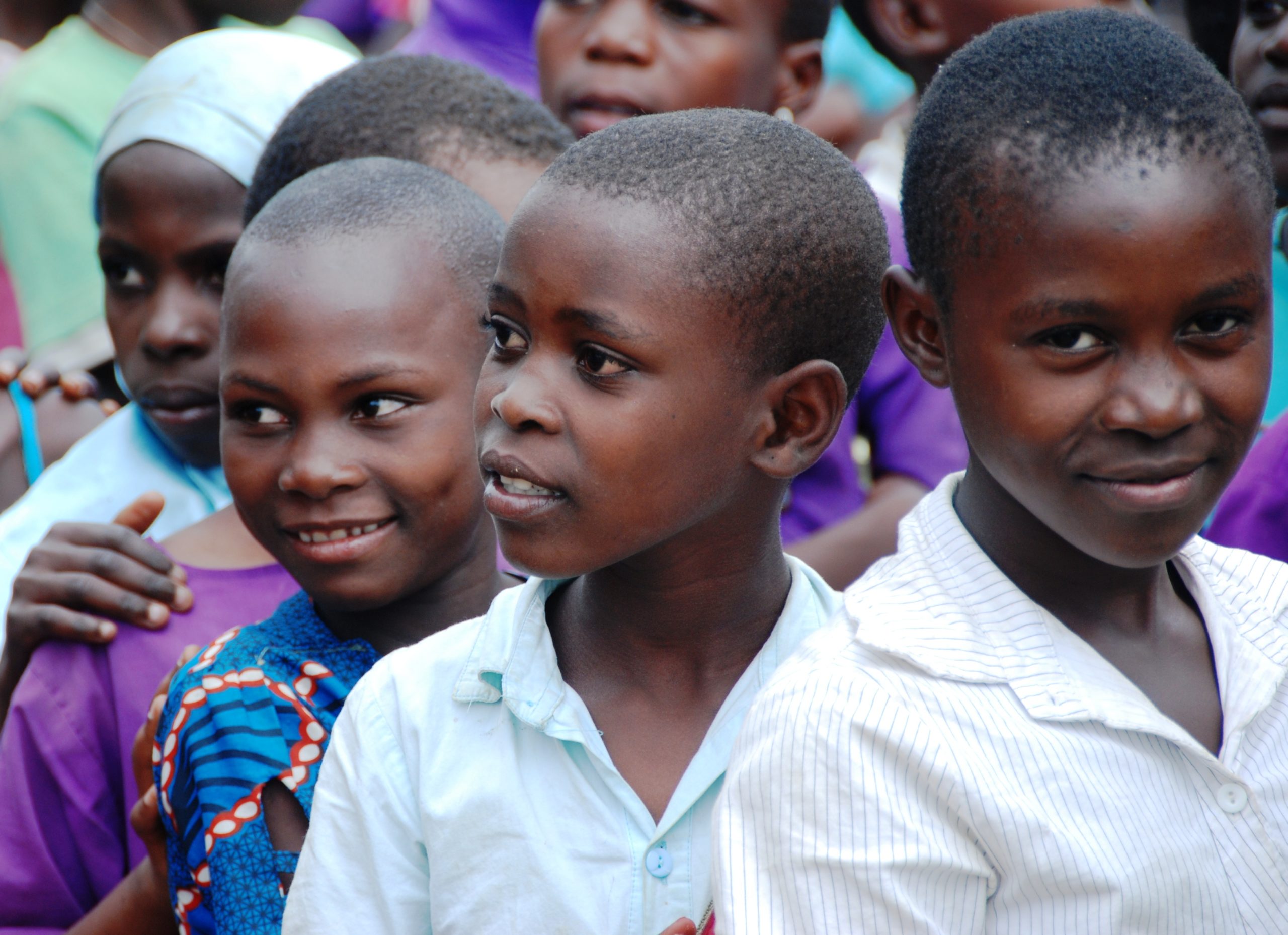The definition of child labour we use is:
“Any form of work performed by children under the age of 15 that interferes with their right to formal quality education, and/or that is mentally, physically, socially and morally dangerous and harmful for their health and development; as well as any form of hazardous work performed by children between 15 and 18 years old.”
This definition is based on:
1. The UN Convention on the Rights of the Child (1989)
2. The ILO Convention 138 on the Minimum Age for Employment (1973)
3. The ILO Convention 182 on the Worst Forms of Child Labour (1999)
Child labour in figures
The ILO estimates (2021) that the number of children in child labour is 160 million worldwide accounting for nearly 10 percent of the world’s children. Child labour could rise by a further 8.9 million by the end of 2022 due to the effects of the Covid-19 crisis. Half of these children are aged 5 to 11 years. The number of children aged 5 to 17 years in hazardous work – defined as work that is likely to harm their health, safety or morals – has risen by 6.5 million to 79 million since 2016.
Since 2016, the number of children in child labour has risen by 8.4 million to 160 million. That is 63 million girls and 97 million boys. It’s the first increase since the ILO started counting 20 years ago. 70% of child labour is in agriculture and more than two-thirds is family-based. Today, tens of millions of family farms are functionally dependent on child labour.
Child labour is increasingly concentrated in Sub-Saharan Africa. The region now accounts for more of the total children in child labour than the rest of the world put together.
Vulnerable to exploitation
Children in child labour are not a homogeneous group. They differ in age, gender and background. Some do paid work, others unpaid; some are self-employed, others receive wages. Increasing numbers of rural migrant children work in urban regions in the manufacturing or service sectors.
Many children work in the informal sector, an area of economic activity that is largely invisible and unregulated by governments. This makes child labourers vulnerable to all forms of exploitation: very low wages, excessive working hours, unhygienic or abusive working conditions, retention of identity documents, debt bondage.
Vicious circle of poverty
Poverty is often cited as the main cause of child labour. Our many years of involvement with the issue of child labour and education worldwide have made it clear that poverty is often not the decisive factor in pushing children into work. Research shows that children’s wages only contribute marginally to the family’s income. Our experience has been that social norms and traditions, social exclusion and discrimination, as well as a poor functioning education systems, are key reasons why children are working. Furthermore, the lack of decent work for adults, weak laws and/or law enforcement by government, and failing labour inspections also contribute to the persistence of child labour. For an effective eradication of child labour it is essential to improve labour conditions, including better wages, and ask fair prices for products.
Child labour means that poverty continues to exist. Children who work and do not go to school will end up in low paid jobs later, and so will their children – which means the vicious cycle of poverty is continued.
Deprived of education
Regardless of the differences, there is one thing all of them share. A very large number of children in child labour are completely deprived of education. They don’t have basic child protection and the opportunity to gain the skills and education, necessary for future access to decent work for a sustainable livelihood.
Providing access to education for all children is one of the most effective strategies for eradicating child labour. If all children are in school, and thus not available as cheap labourers, adult workers will have a better bargaining position with their employers about wages and decent working conditions. Parents who earn more are in a better position to send their children to school.

